|
Federal
Telephone and Radio Corporation in World War Two
Newark, NJ
1909-1986
This page added 10-13-2020.
Federal Telephone and Radio Corporation (FTR) began
in Palo Alto, CA as
International Telegraph Company in 1909. The company was formed
with the purpose of developing a practical means of sending
voice communication by radio. It was at this location that the
company was deeply involved with this early technology and built several
transmitting stations. By 1928 FTR had been purchased by I.T.&T.
(Later known as ITT.) In 1931 I.T.&T the Palo Alto operation
to Newark, NJ. In June 1941 International Telegraph
Company changed its name to Federal Telephone and Radio Corporation.
ITT sold off its radio communications business in 1986.

The Federal Telephone and Radio Corporation
Broad Street, New York, NY was the Federal Telephone and Radio
Corporation's Research Laboratories. This site won the Army-Navy
"E" Award four times.
The Federal Telephone and Radio Corporation Great River Plant, Great
River, Long Island, NY won the Army-Navy "E" Award four times.
The Federal Telephone and Radio Corporation, Combined Divisions, Newark,
NJ won the Army-Navy "E" Award once.
The Federal Telephone and Radio Corporation Federal Telephone and Radio
Laboratories, Telegraph Hill Plant, Telegraph Hill, Keyport, won the
Army-Navy "E"
Award four times.
Federal Telephone and Radio Corporation World War Two Products:
AN-PRS-1 non-metallic mine detectors,
RBA-1,2, 3 Navy low-band receivers, direction finders, field telephones,
switchboards, repeaters, power plants, and selenium rectifiers
|
Federal Telephone and Radio Corporation RBA Receiver
Contract Information |
|
Model |
Contract Date |
|
RBA |
4-13-1940 |
|
RBA-1 |
9-2-1941 |
|
RBA-2 |
10-5-1942 |
|
RBA-3 |
10-31-1942 |
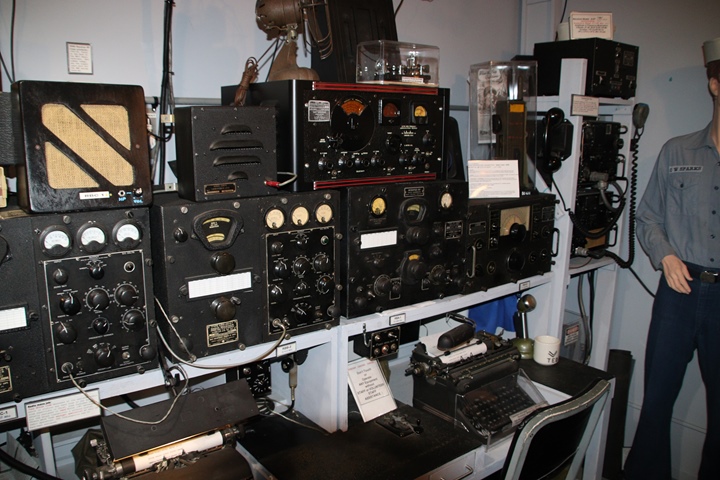
This is part of the reconstructed radio
shack of the USS Indianapolis at the Indiana War Memorial in
downtown Indianapolis, IN. An FTR RBA-1 receiver is among the
dozens of various radios in this one-of-a-kind display.
Author's photo.
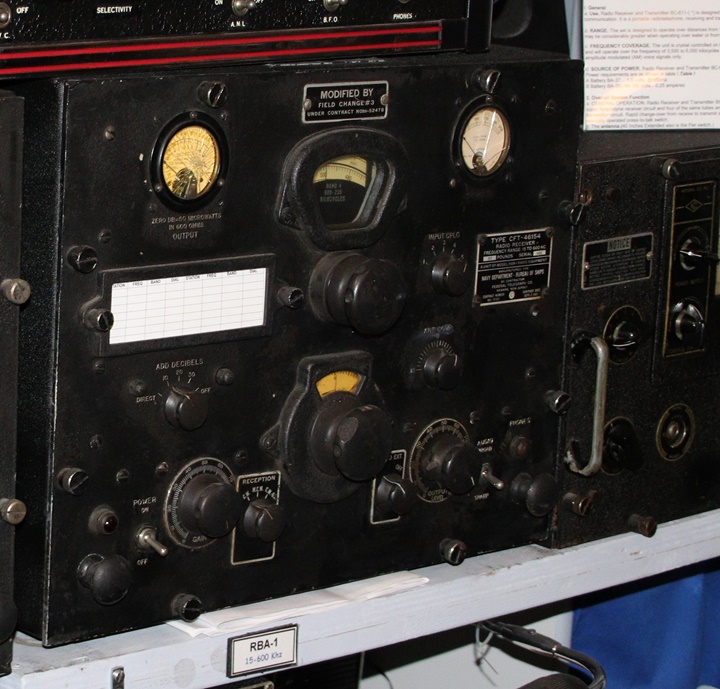
This is serial number 1492. From
this information we know that FTR built at least 1492 of these
radios. Author's photo.
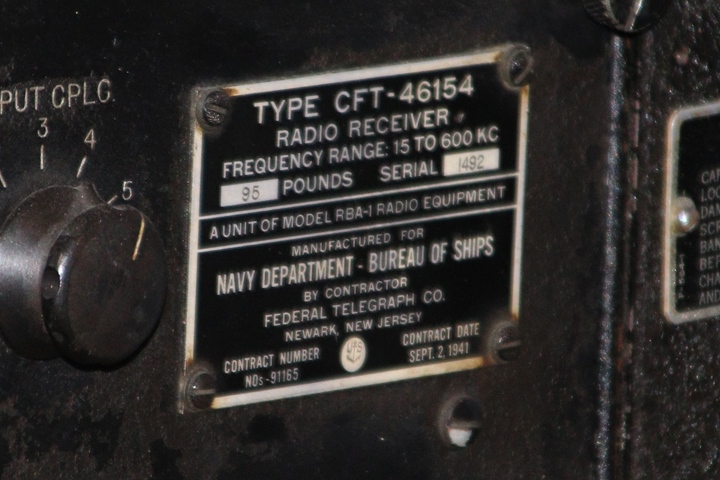
Author's photo.
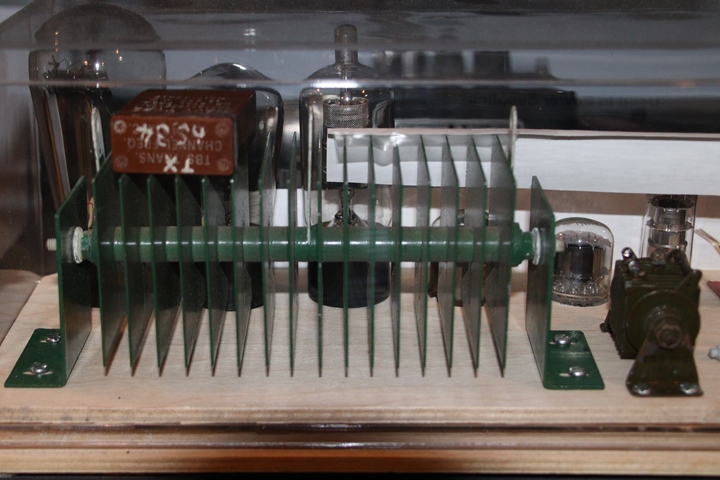
Federal Telephone and Radio also made
selenium rectifiers for the war effort. The selenium
rectifiers provided the high plate voltages needed on Navy
transmitters. They were more efficient than vacuum tube
rectifiers because they did not generate any heat. These two
examples are on display at the Indiana War Memorial.
Author's photo.
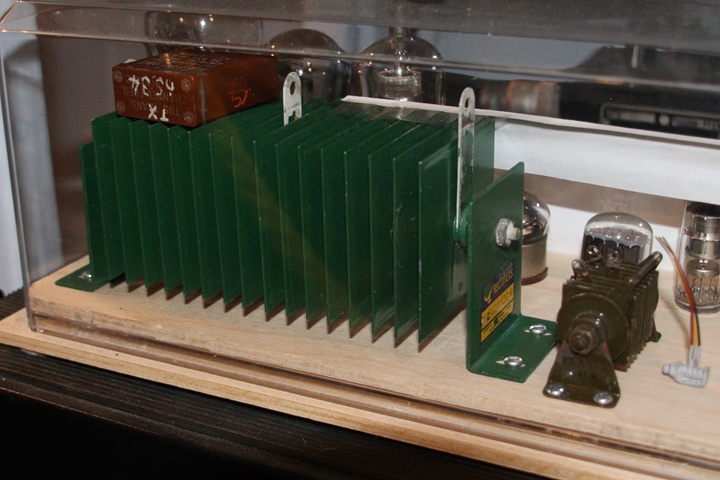
Neither of these selenium rectifiers
were built by FTR, but they are similar to what it would have built
during World War Two. Author's photo.
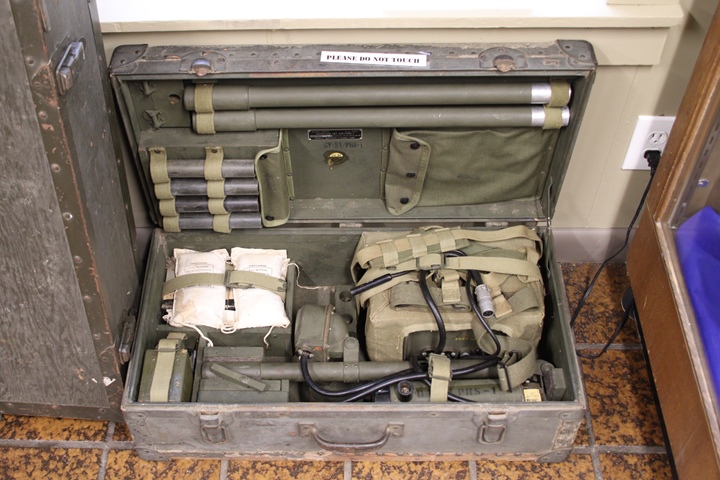
This complete Federal Telephone and Radio Corporation-built AN-PRS-1
non-metallic mine detector is on display at the Central Ohio Military
Museum in Harrisburg, OH. The AN-PRS-1 was designed to detect
anti-tank mines to a depth of 7.5 inches below the surface of the
ground. Author's photo.
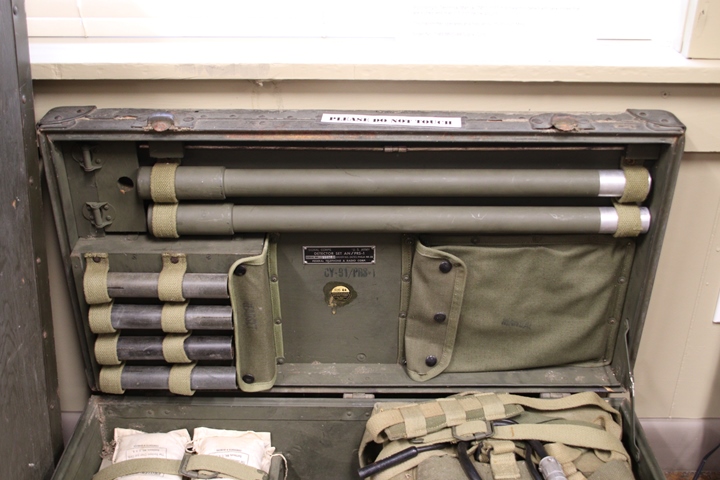
Author's photo.
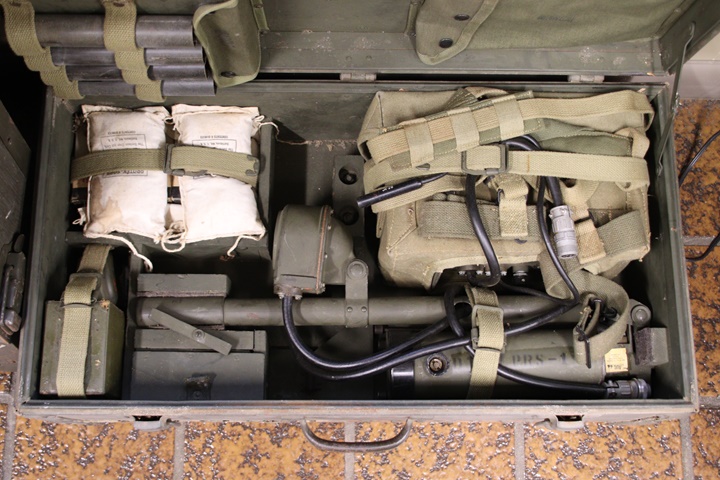
Author's photo.
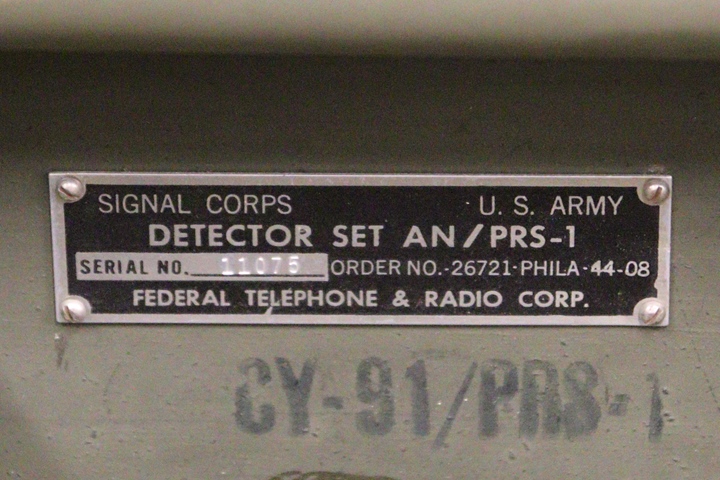
This is serial number 11075, built in
August 1944. 29,601 AN-PRS-1 non-metallic mine detectors were
built by multiple suppliers in 1944. It was the only year of
production for the device. Author's photo.
Post-World War Two Products:
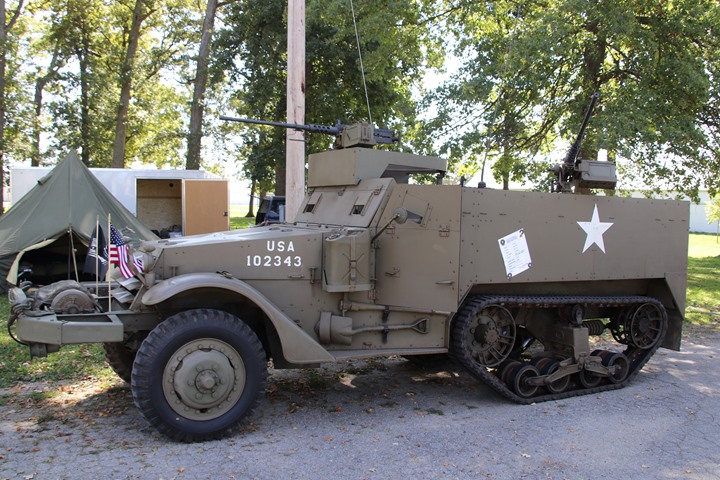
This White M3A1 half-track was on display at
the September 2020 Portland, IN MVPA show and contains a FTR radio set in it. Author's photo.
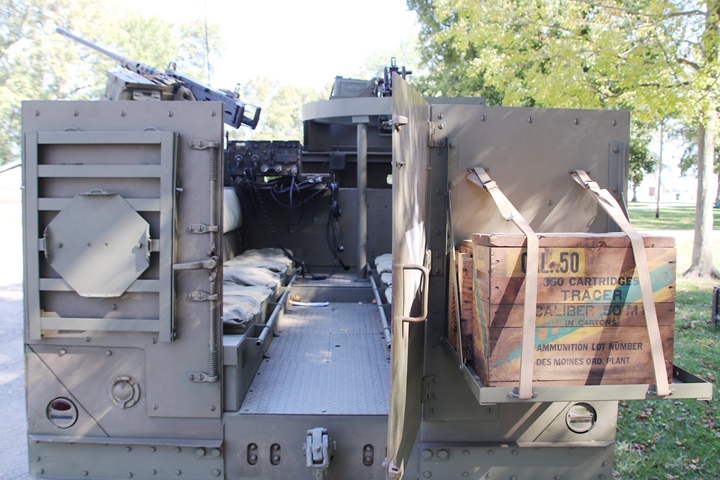
The Federal radio set can be seen through the rear door of the
half-track at the front of the
passenger compartment. Author's photo.
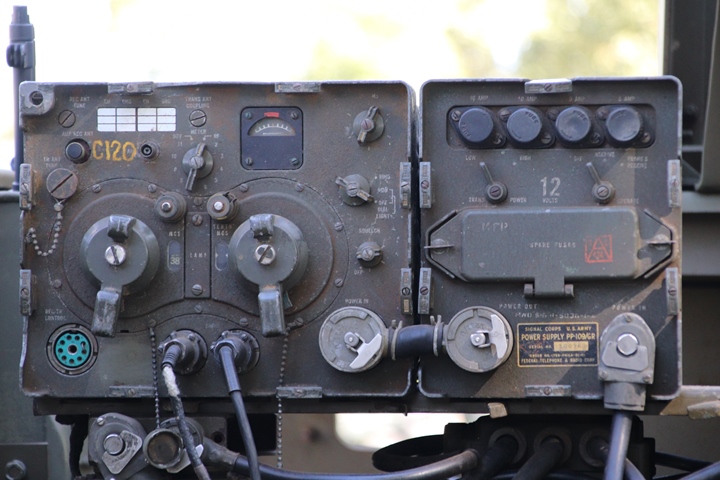
The radio and power supply are of the
post-World War Two era, being used in the Korean War. The PP-109/GR
power supply was used with the RT-66, RT-67, and RT-68 radio.
Author's photo.
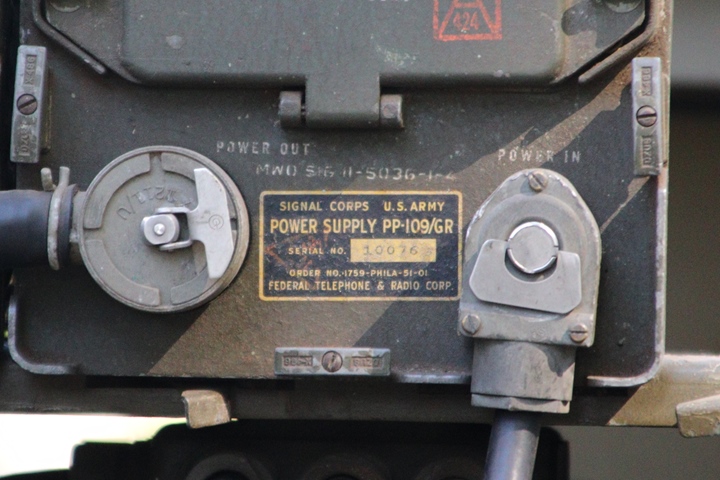
The power supply is serial number 10076.
Author's photo.
|













